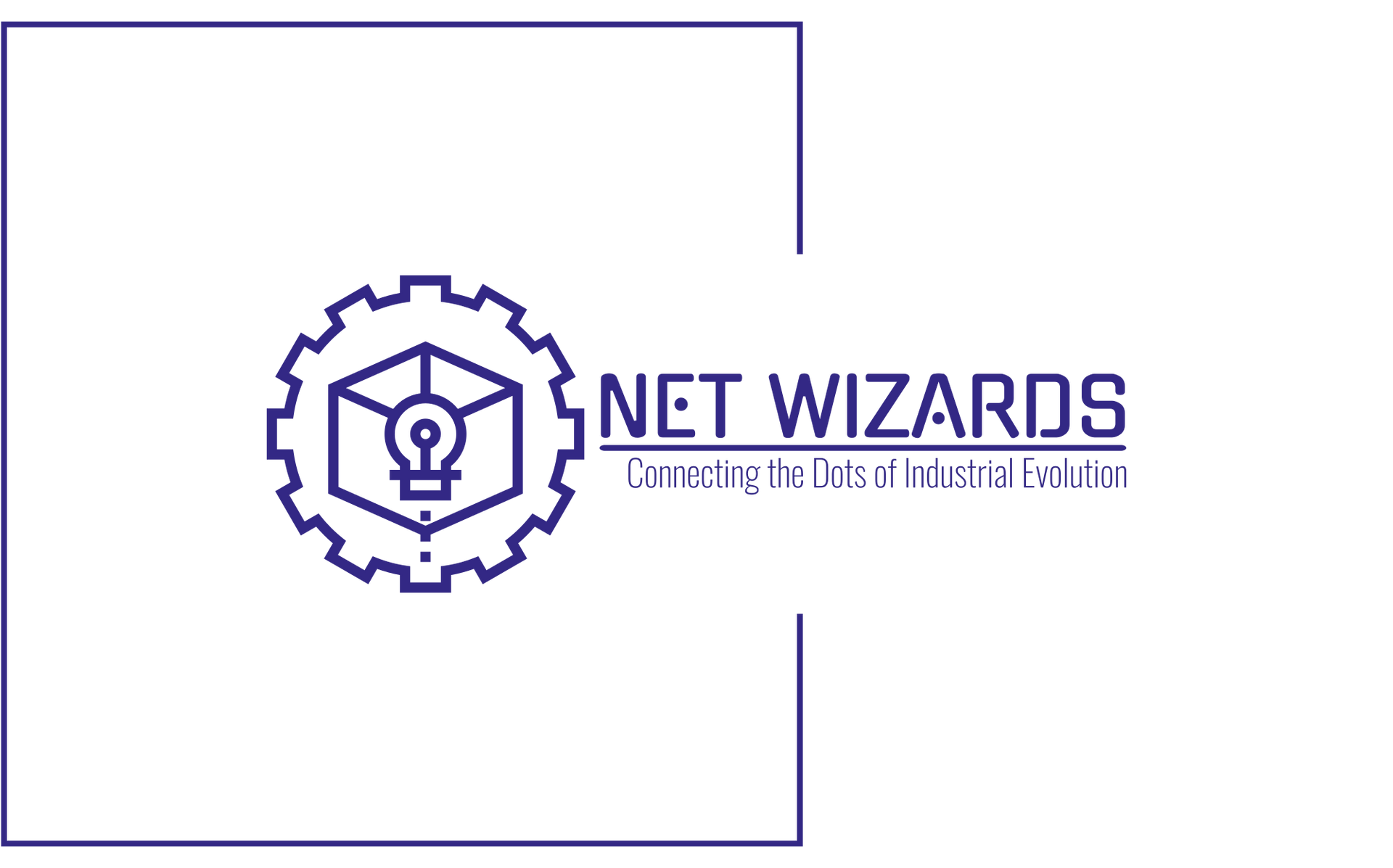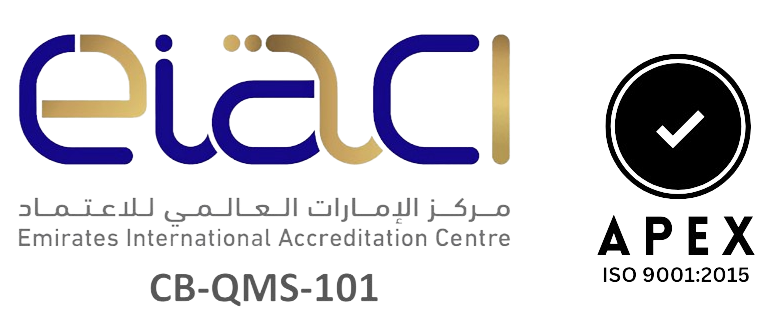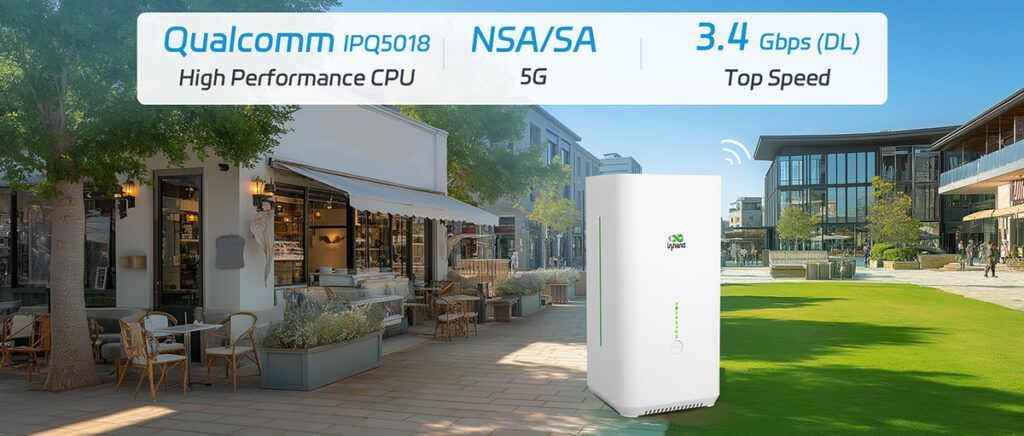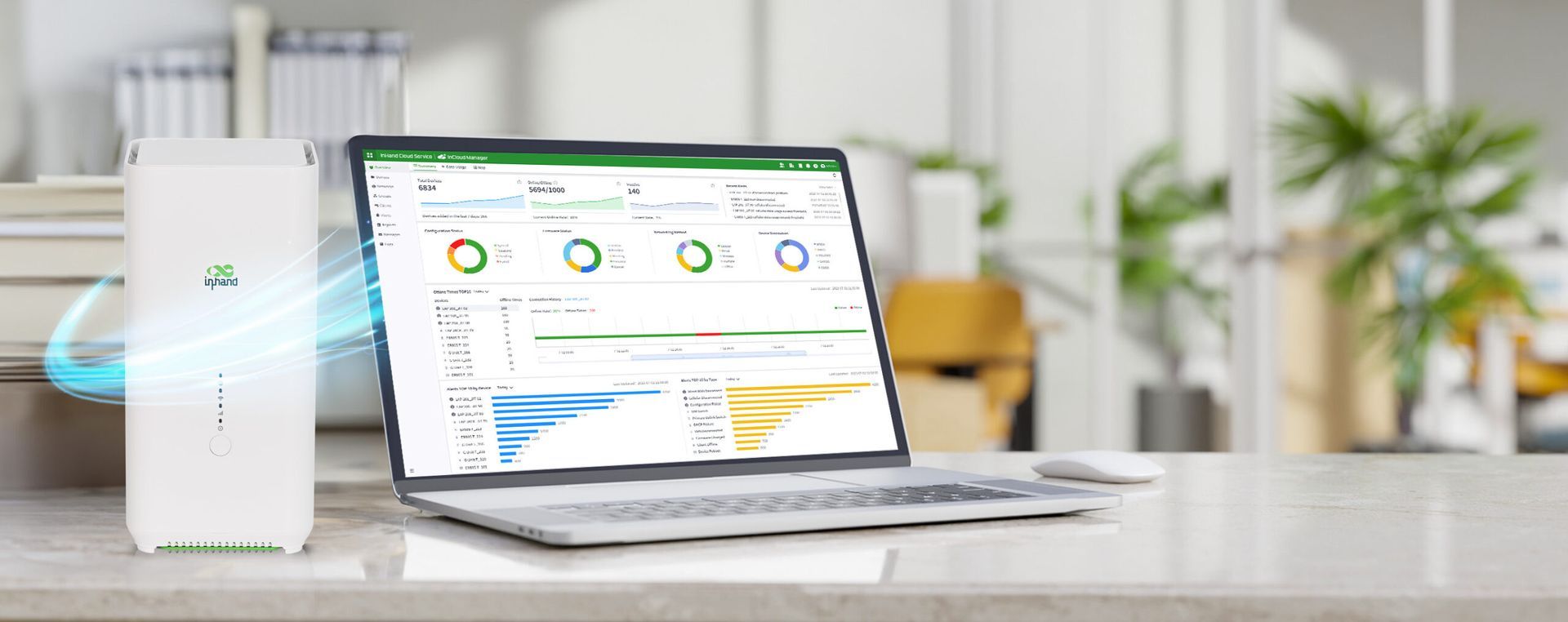LoRaWAN vs NB-IoT
Both LoRaWAN (Long Range Wide Area Network) and NB-IoT (Narrowband Internet of Things) are popular Low Power Wide Area Network (LPWAN) technologies. They serve applications where devices need to send small amounts of data over long distances while conserving power. Let's compare their advantages and disadvantages
LoRaWAN:
Advantages:
- Long Range: LoRaWAN devices can communicate over distances of up to 15 kilometers in rural areas.
- Low Power Consumption: Designed for battery-powered applications with potential device lifetimes of up to 10 years.
- Open Standard: Managed by the LoRa Alliance, allowing for flexibility and preventing vendor lock-in.
- Private Network: Organizations can set up their own private LoRaWAN networks, giving them control over data and network management.
- Cost: Typically, lower hardware and deployment costs, especially in private network setups.
- License-free Spectrum: Operates in the ISM (Industrial, Scientific, and Medical) bands, which are license-free, although this varies by country.
Disadvantages:
- Data Rate: Lower data rates compared to NB-IoT.
- Scalability in Urban Settings: In dense urban environments, the scalability might be challenged due to interference in the ISM bands.
- Network Availability: Public network coverage might not be as widespread as cellular technologies like NB-IoT.
NB-IoT:
Advantages:
- High Scalability: Supports a vast number of devices over a small area.
- Deep Coverage: Designed to penetrate through obstacles, making it suitable for underground or deep indoor applications.
- Reliability: Built on established cellular technology standards, providing consistent and reliable service.
- Data Rate: Offers higher data rates compared to LoRaWAN.
- Security: Benefits from established cellular security protocols.
- Broad Deployment: Many major telecom operators globally are deploying and supporting NB-IoT.
Disadvantages:
- Cost: Hardware and service costs might be higher than LoRaWAN, especially given potential recurring cellular service fees.
- Power Consumption: Generally, higher power consumption than LoRaWAN, but optimizations are continually being made.
- Latency: Not suitable for applications that require real-time or low-latency communication.
- Spectrum Licensing: Operates in licensed bands, which can lead to higher costs for operators, potentially passed on to end-users.
Conclusion:
The choice between LoRaWAN and NB-IoT will depend on the specific use case, desired data rates, power consumption needs, deployment scale, cost considerations, and required coverage. Both technologies have strengths tailored to different IoT scenarios, so it's essential to align the choice with the application's unique requirements.
“In the vast landscape of IoT, LoRaWAN whispers data across great distances, while NB-IoT taps into the robust rhythm of cellular pulses; two different heartbeats fueling the ever-expanding realm of connected devices.‟





